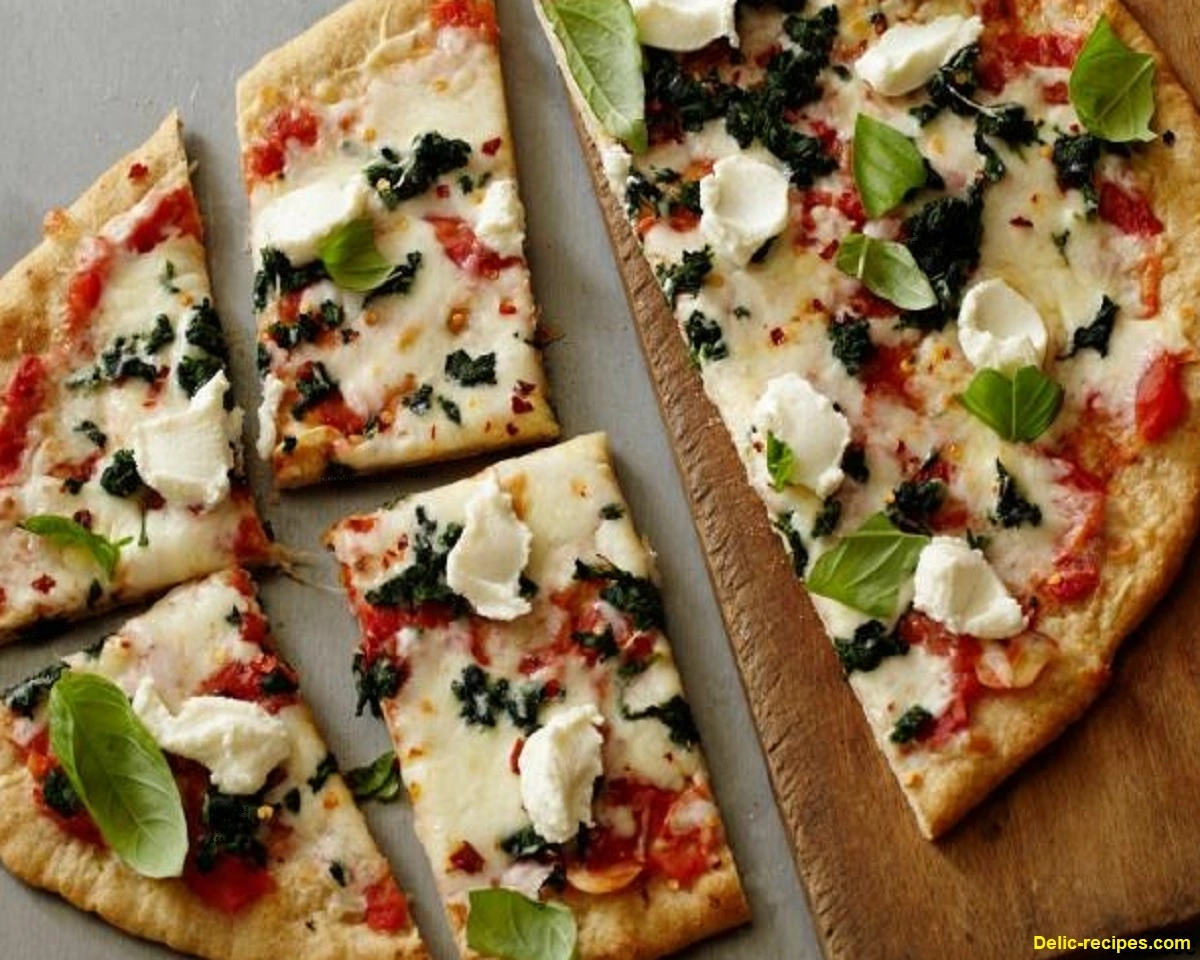Pizza, a beloved dish enjoyed by people all over the world, is undeniably delicious. It comes in various flavors and toppings, making it a versatile food choice for many. However, pizza can also be notoriously high in calories, which can pose challenges for individuals aiming to maintain a healthy diet. In this article, we will explore the factors that contribute to the high calorie content of pizza and provide insights on how to make healthier choices without compromising on taste.
Pizza is a popular food that originated in Italy but has since gained worldwide fame. Its combination of a crispy crust, tangy sauce, melting cheese, and an array of toppings creates a taste sensation that is hard to resist. However, indulging in pizza frequently can lead to excessive calorie intake, which may contribute to weight gain and other health issues.
2. The Role of Cheese in Pizza Calories
Cheese is a primary ingredient in most pizzas, and it significantly contributes to their calorie content. The type and quantity of cheese used can vary, but the more cheese added, the higher the calorie count becomes. Mozzarella, commonly used on pizzas, is deliciously creamy but also dense in calories. Other high-calorie cheese options, such as cheddar or provolone, can further elevate the calorie content of a pizza.
3. The Impact of Crust on Caloric Value
The crust of a pizza plays a crucial role in its overall calorie count. Traditional pizza crust is typically made from refined flour, which is quickly digested and absorbed by the body, leading to spikes in blood sugar levels. Moreover, the crust is often brushed with oil or butter to enhance its flavor and texture, further adding to the calorie content. Thick crusts, stuffed crusts, or deep-dish pizzas tend to contain more calories than thin-crust alternatives.
4. Toppings and their Caloric Influence
Toppings are another significant factor influencing the calorie content of pizza. While vegetable toppings like mushrooms, onions, and bell peppers are relatively low in calories, meat toppings like pepperoni, sausage, and bacon can significantly increase the caloric value. Additionally, extra cheese, processed meats, and oily toppings like olives or sun-dried tomatoes contribute to the overall calorie count.
5. The Hidden Culprits: Sauces and Condiments
Sauces and condiments used on pizza may seem innocent, but they can contain hidden calories. Tomato-based pizza sauces are generally lower in calories compared to creamy alternatives like Alfredo or ranch sauces. However, it’s important to be mindful of the amount used, as excessive sauce can increase the calorie content. Additionally, drizzling extra olive oil or adding generous amounts of salad dressings can quickly add up the calories.
6. Portion Sizes and Calorie Control
One aspect often overlooked when assessing the calorie content of pizza is portion size. Pizzas are commonly served in large sizes, and consuming a whole pizza in one sitting can lead to excessive calorie intake. Opting for smaller portion sizes or sharing a pizza with others can help in controlling calorie consumption. Additionally, being mindful of the number of slices consumed and choosing lighter options for subsequent meals can contribute to a balanced diet.
7. Healthier Alternatives to Traditional Pizza
For those seeking healthier alternatives, there are various options available. Consider opting for whole wheat or cauliflower crusts, which provide more fiber and nutrients compared to refined flour crusts. Load up on vegetable toppings and choose lean protein sources like grilled chicken or tofu instead of high-fat meats. Experiment with different cheese varieties or even explore dairy-free alternatives for a lighter pizza experience.
8. Balancing Pizza in a Healthy Diet
While pizza can be high in calories, it is still possible to enjoy it as part of a balanced diet. Moderation is key, and incorporating pizza into an overall healthy eating plan is achievable. Pairing pizza with a side salad or steamed vegetables can help increase the nutritional value of the meal. Additionally, practicing portion control, selecting lighter toppings, and limiting frequency can help strike a balance between indulgence and health.
9. Conclusion
Pizza is undoubtedly a delicious treat loved by many, but its high calorie content can present challenges for individuals striving to maintain a healthy lifestyle. Understanding the factors that contribute to its caloric value, such as cheese, crust, toppings, sauces, and portion sizes, empowers us to make informed choices. By exploring healthier alternatives and practicing moderation, we can still enjoy pizza while keeping our dietary goals on track.
10. FAQs
Q1: Can I still enjoy pizza if I’m on a diet?
Absolutely! By choosing healthier crust options, lighter toppings, and practicing portion control, you can include pizza in your diet without sabotaging your goals.
Q2: Are there any low-calorie cheese options for pizza?
Yes, there are several low-fat or part-skim cheese options available, such as reduced-fat mozzarella or feta, which can help reduce the overall calorie content of your pizza.
Q3: Is thin-crust pizza a healthier choice?
Thin-crust pizza tends to be lower in calories compared to thick-crust or deep-dish options. However, the toppings and portion sizes also play a significant role, so it’s important to consider the overall composition of the pizza.
Q4: Can I make pizza at home to control the calorie content?
Yes, making pizza at home allows you to have full control over the ingredients and portion sizes. You can experiment with healthier alternatives and customize your pizza according to your dietary preferences.
Q5: Are there any healthier alternatives to traditional pizza sauces?
If you’re looking for a lighter option, consider using homemade tomato sauce with minimal added sugars or experimenting with pesto, salsa, or even hummus as a flavorful base for your pizza.


